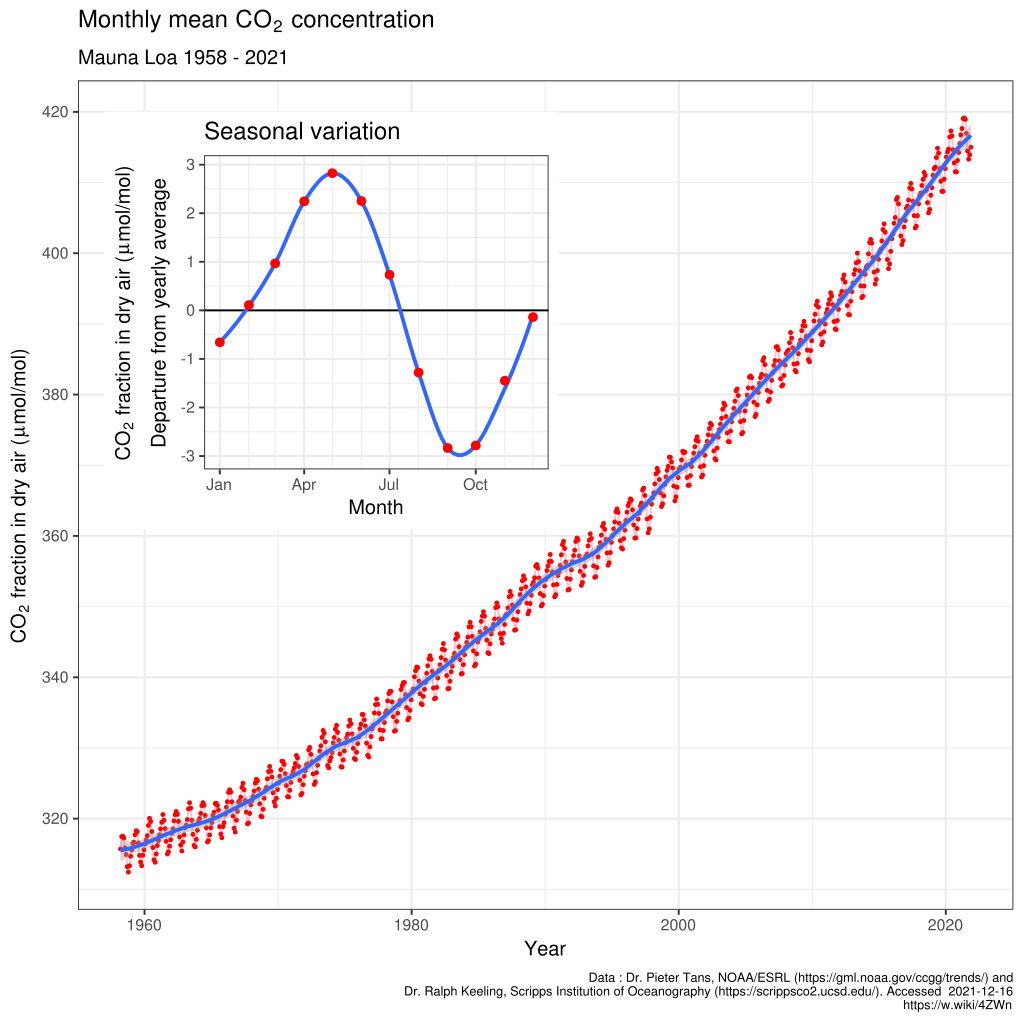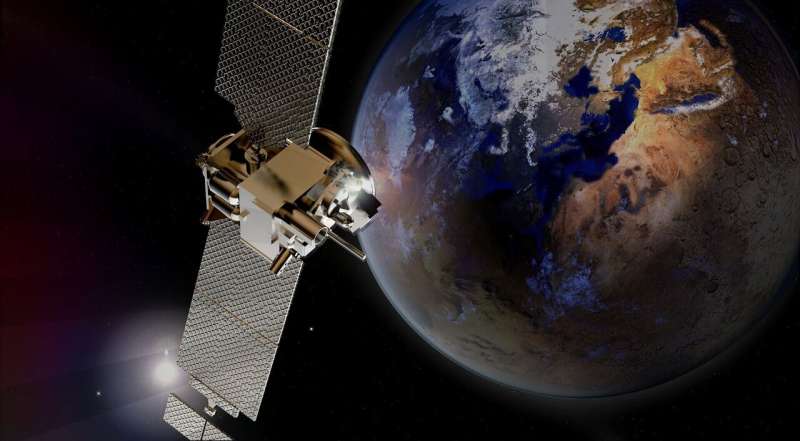CO₂: If you can measure it, you can control it

A new satellite system and atmospheric modelling can separate changes in anthropogenic CO₂ emissions from natural environmental variability.

by Jessica Merzdorf Evans, 01/04/2022 in Phys.org
First-of-its-kind detection of reduced human carbon dioxide emissions
For the first time, researchers have spotted short-term, regional fluctuations in atmospheric carbon dioxide (CO2) around the globe due to emissions from human activities.
Using a combination of NASA satellites and atmospheric modeling, the scientists performed a first-of-its-kind detection of human CO2 emissions changes. The new study uses data from NASA’s Orbiting Carbon Observatory-2 (OCO-2) to measure drops in CO2 emissions during the COVID-19 pandemic from space. With daily and monthly data products now available to the public, this opens new possibilities for tracking the collective effects of human activities on CO2 concentrations in near real-time.
Read the complete article….
Read the source report: Brad Weir et al, Regional impacts of COVID-19 on carbon dioxide detected worldwide from space, Science Advances (2021)
Featured image: Atmospheric carbon dioxide concentrations at Mauna Loa, Hawaii since 1958. Source Delorme – Data from Dr. Pieter Tans, NOAA/ESRL and Dr. Ralph Keeling, Scripps Institution of Oceanography via Wikipedia (which see for more details) / License: licensed under the Creative Commons Attribution-Share Alike 4.0 International.